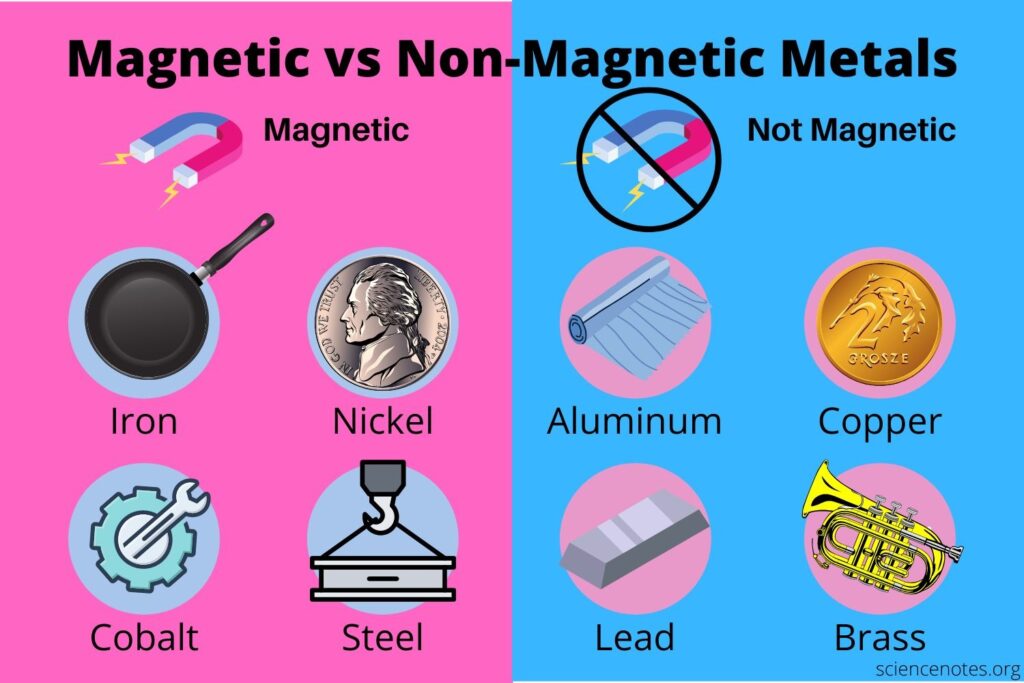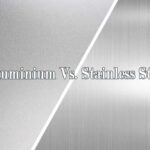Silver is a lustrous, valuable metal that is employed in electronic products, jewelry, and coins. Doubts have been raised by many on whether silver is magnetic or not. This will be an important question, particularly to buyers seeking to test real silver. To know the answer, it can enable you to verify whether a silver piece is genuine or not.
This article will examine the magnetic nature of silver. We are also going to explore the comparison of silver to magnetic metals. Lastly, we will give some easy tests to verify genuine silver.
Is Silver Magnetic or not?
The concise answer is no. Silver is non-magnetic. It is non-magnetic in that it never collects or interacts with magnets. When you also bring a magnet close to an object of silver, it ought not to stick or vacillate.
This contrasts silver to other metals such as nickel, cobalt, and iron. These metals are highly magnetic and easily get pulled by magnets.
What Are The Reasons why Silver Is Not Magnetic?
The atoms that constitute silver have an unusual structure. Their electrons are so organized that there is no magnetic field produced by them. This causes silver to be diamagnetic.
Whereas diamagnetic materials cause a slight repelling effect on magnetic fields, the effect is extremely weak. Without special tools, you will not feel it.
Facts Why Silver is Non-magnetic
- Electron structure: The electrons are paired in the atom of silver and cancel magnetic fields.
- No iron, nickel: Silver does not have a magnetic metal.
- Relative stability of atomic bonds: Silver’s nuclear structure does not allow it to be magnetic.
- Pure silver is diamagnetic: It is repelled by the magnets as opposed to being attracted to them.
- It is not a ferromagnetic metal; it does not exhibit the characteristics of magnetic metals.
Usual Magnetic Metals
- Iron
- Nickel
- Cobalt
- Steel (when it has iron)
- The stainless steels: Some types of stainless steel
- The metals are magnetic and not similar to silver.
China CNC machining service supplier produces precise and accurate CNC machines.
Could Silver be Magnetic?
Silver remains non-magnetic. Fake silver or silver-dipped objects can, though, have magnetic metals internally.
So, here’s the deal: if iron or nickel is hiding in the core, boom—your “silver” thing is probably gonna latch right onto a magnet. Not good if you’re hoping for the real deal.
A lot of silver jewelry and coins? Not pure. They might seem all shiny and legit on the outside, but underneath, it’s a different story. That’s why messing around with a magnet isn’t just for bored people—it’s a decent way to sniff out fakes.
How to Pull Off the Magnet Test at Home
Grab yourself a strong magnet—none of that fridge-magnet nonsense, something beefy like a neodymium one. Then:
1. Hold it up close to the piece you’re checking.
2. Watch what happens. Does it scoot over, or even stick to the magnet?
3. If it sticks, sorry, that’s not pure silver.
4. If it just chills and ignores the magnet? Okay, maybe you’ve got something real.
But don’t get too cocky—this trick isn’t foolproof. Some fake silvers are sneaky and don’t react to magnets either, so you can’t just rely on this.
Other Ways to Suss Out Silver
– Acid test: A drop of the right acid, and silver flashes a specific color.
– Sound test: Tap it. Real silver sings with a soft ring, not a clunk.
– Ice test: Silver’s a heat-conducting champ—ice melts quickly on it.
– Weight test: Real silver feels hefty for its size. Not like those flimsy knockoffs.
If you want to play it safe, just drag your piece to a jeweler. They’ll sort it out.
Real Stuff vs. Fakes
– Coins: Old ones, like 90% silver? Shouldn’t care about magnets.
– Jewelry: Silver chains, rings—if they stick, something’s fishy.
– Fakes: Cheap stuff usually has magnetic junk inside, hiding behind a silvery coat.
So yeah, if your item attracts a magnet, it’s probably not pure silver. Harsh, but true.
Conclusion:
Silver just doesn’t vibe with magnets. It’s all about the atoms—no magnetic metals in the mix. If your “silver” is magnetic, it’s either a fake or mixed with other metals.
Sure, the magnet test is quick and dirty, but don’t stop there. Double-check with other methods if you care about what you’re buying (or selling). Knowing how silver reacts is just smart shopping, honestly.


